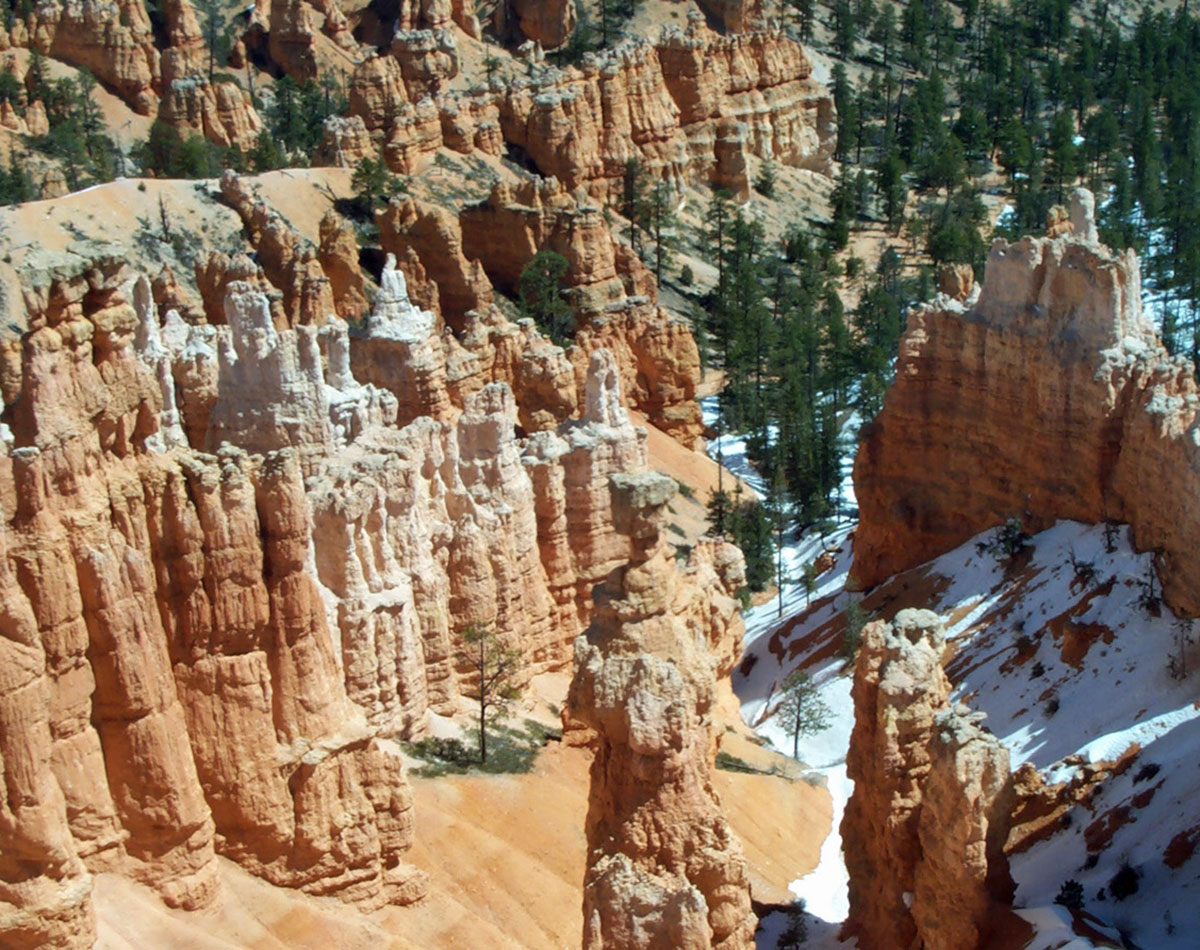On March 25, following a decade-long campaign, the federal district court in Utah ruled in favor of the Sierra Club and our allies in a legal challenge seeking to protect the climate, iconic public lands, and wildlife habitat from the Alton coal mine expansion in southern Utah. Located less than 10 miles from Bryce Canyon National Park, the proposed expansion has drawn more than 200,000 public comments in opposition—more than any coal mine in US history.
The court held that when approving the expansion in 2018, the Trump administration’s Bureau of Land Management violated the National Environmental Policy Act (NEPA) by failing to adequately consider the cumulative climate impacts of the mine and other similar projects, and touting the purported economic benefits of the 30 million-ton expansion while ignoring the billions of dollars in climate-related damages that would have been caused by the project.
Although the Trump administration argued it had no way to measure climate-induced damages in order to compare them to project benefits, a tool was in fact available that would have allowed the government to do just that. The social cost of carbon protocol, which was crafted by the federal government’s Interagency Working Group in 2010, estimates the economic damage caused by each incremental ton of greenhouse gases (GHGs) emitted into the atmosphere, taking into account things like increased drought, wildfire, sea level rise, and decreased agricultural productivity.
Translating “tons of GHGs” to dollars, the social cost of carbon is useful in the NEPA process because it allows the public and decision-makers to easily understand the scale of a project’s climate impacts. And where an agency has quantified purported benefits of fossil fuel projects such as royalties, jobs, taxes, etc., the social cost of carbon balances the analysis by providing a comparable figure on the other side of the ledger.
In February, the Biden administration revised the social cost of carbon to $51/ton. And on April 16, 2021, Secretary Haaland issued Secretarial Order 3399, affirming that the social cost of carbon protocol is a “useful measure to assess the climate impacts” of federal projects, calling it “an essential tool to quantify the costs,” that it is “relevant to the choice among different alternatives being considered.”
This means that the 72 million tons of carbon dioxide emissions that would result from mining and burning Alton coal over a 16-year period would cause a staggering $3.6 billion in climate-related damages. That tab would of course be picked up by the public—not the mining company.
In addition to its climate impacts, the expansion would likely eradicate the southernmost greater sage grouse lek in North America and add light pollution to the famously dark night skies in Bryce Canyon National Park. Because of these impacts, the expansion was once opposed by the National Park Service, the Fish & Wildlife Service, and the Hopi Tribe. The long-running fight over the proposed expansion has been extensively covered by the Salt Lake Tribune here and here, as well as in this 2012 Sierra magazine piece by senior editor Paul Rauber, in which he described camping in Bryce Canyon National Park and looking up into a sea of 7,500 stars.
It’s now up to the Biden administration to make the ultimate decision on the mine. As President Biden stated in a recent executive order:“[W]e face a climate crisis that threatens our people and communities, public health and economy …. We must listen to the science—and act …. we must combat the climate crisis with bold, progressive action that combines the full capacity of the federal government.”
The Sierra Club couldn’t agree more, and we look forward to making our case to the administration that our cherished public landscapes must be protected and not become collateral damage from the tail end of coal’s inevitable boom and bust cycle.
The Sierra Club worked closely with our allies the Natural Resources Defense Council, Southern Utah Wilderness Alliance, the National Parks Conservation Association, Grand Canyon Trust, Utah Physicians for a Healthy Environment and WildEarth Guardians. The Environmental Law Program’s work on this case was led by Aaron Isherwood and Nathaniel Shoaff, who represented the plaintiff conservation groups in court, with support from Violet Lehrer and Meral Basit.
